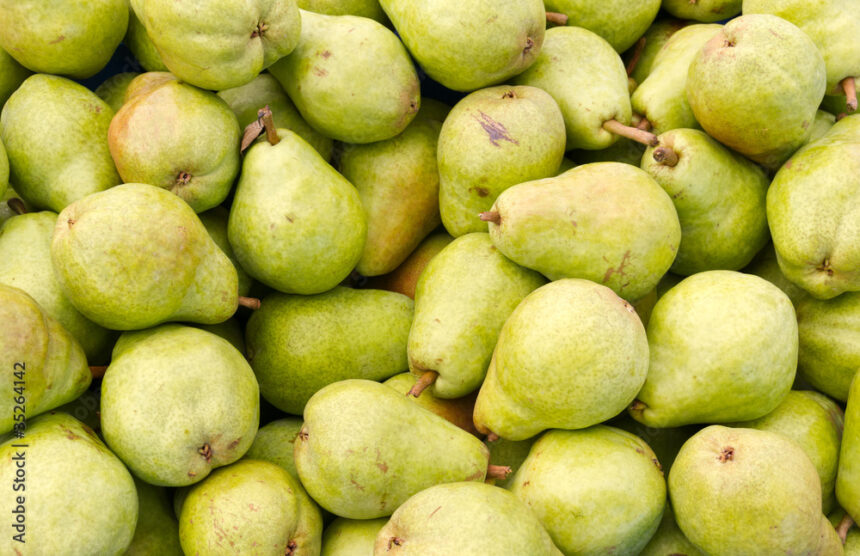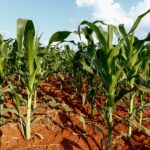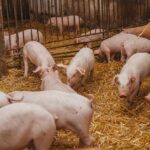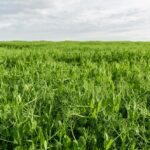Pear decline is a complex disorder that affects pear trees and can lead to a decline in tree health and fruit production. While it can be caused by multiple factors, such as viruses, bacteria, fungi, and environmental stressors, there are some common symptoms to look out for. Here are a few symptoms of pear decline:
- Stunted growth: Affected pear trees may exhibit slow or stunted growth compared to healthy trees of the same age. The trees may also have a general decline in vigor, with smaller leaves and reduced overall size.
- Leaf discoloration: The foliage of pear trees with decline may display abnormal coloration. Leaves can turn pale yellow, bronze, or reddish, and may exhibit irregular blotches or mottling.
- Leaf distortion: Affected leaves may appear distorted or misshapen. They can be smaller than normal, curled, or exhibit irregular margins.
- Leaf drop: Pear trees experiencing decline may prematurely drop their leaves, even before the autumn season. This can lead to a sparse canopy and an overall unhealthy appearance.
- Twig dieback: The decline can cause dieback of twigs and branches, where they dry up, become brittle, and eventually die. This can result in a sparse canopy with fewer branches and a significant reduction in fruiting.
- Reduced fruit production: Pear decline often leads to a significant decrease in fruit yield. The fruits may be smaller than usual, exhibit poor quality, and have a high incidence of blemishes or deformities.
- Delayed bud break: Affected pear trees may experience delayed bud break in spring compared to healthy trees. This can further impact their overall growth and fruiting.
It’s important to note that these symptoms can also be caused by other factors, such as nutrient deficiencies, pests, or diseases specific to pears. To accurately diagnose pear decline and determine the underlying cause, it’s recommended to consult with a professional arborist, horticulturist, or agricultural extension service in your area. They can provide a thorough evaluation and appropriate recommendations for management or treatment.
Join 'Farmers Mag' WhatsApp Channel
Get the latest Farming news and tips delivered straight to your WhatsApp
CLICK HERE TO JOIN






